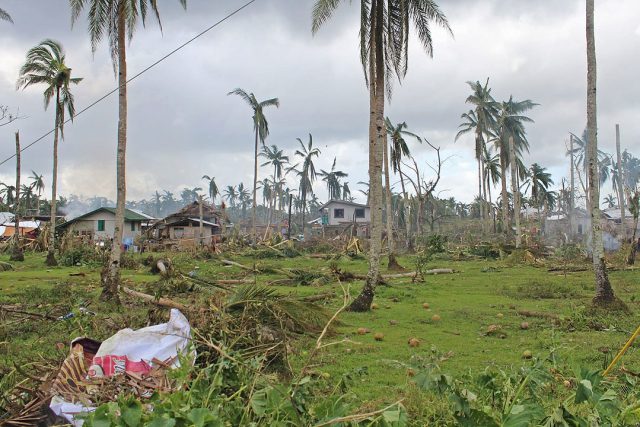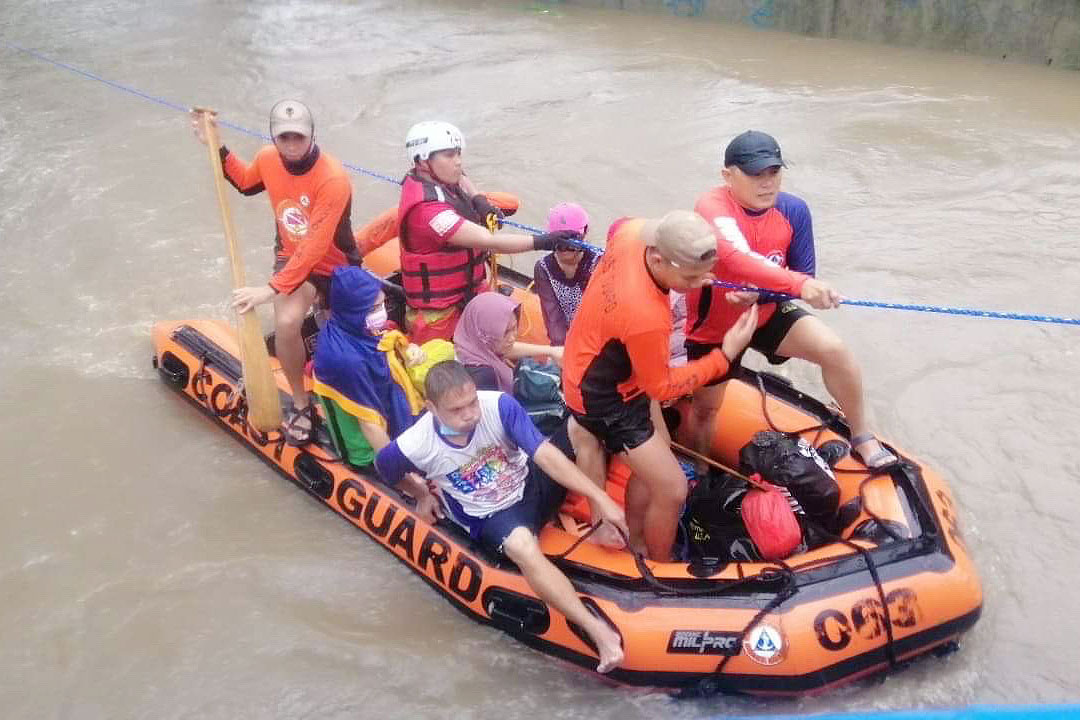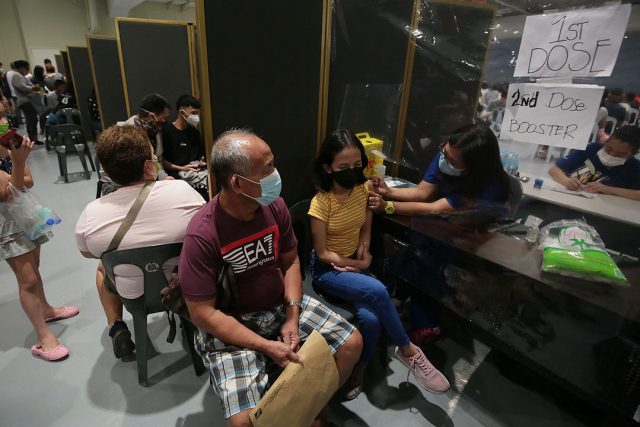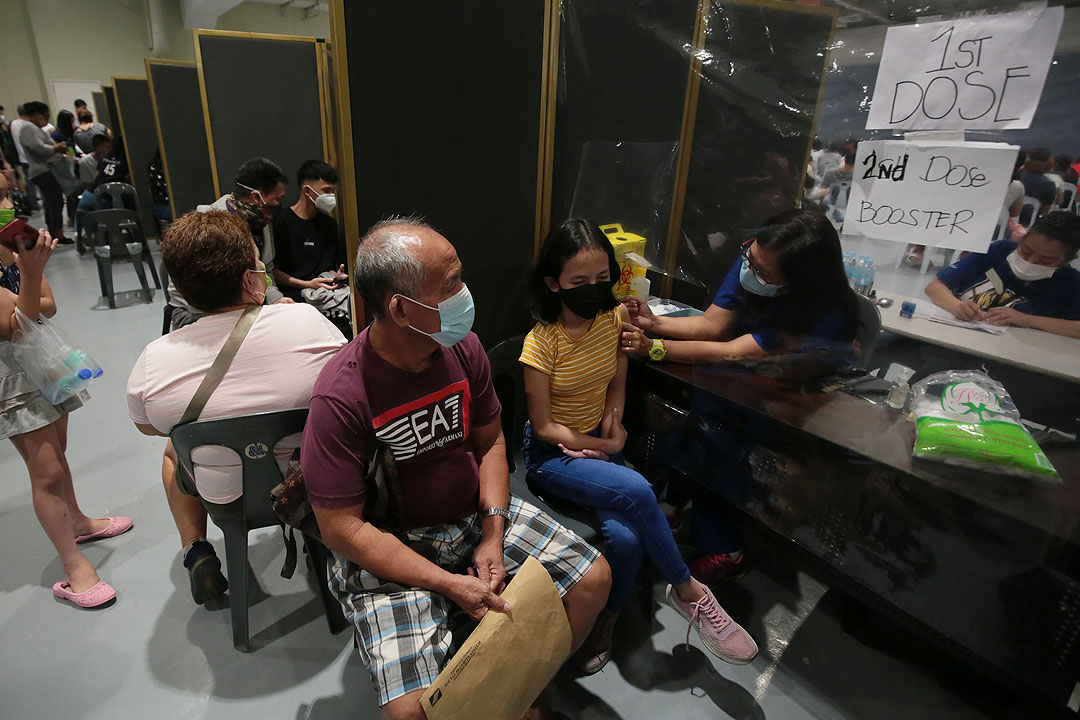How to avoid problem employees
ELBONOMICS: Problem employees are created by problem managers.
We are an upstart business with 15 workers. Aside from doing background checks on new hires, what can we do to motivate workers and avoid having problem employees in the future? — Light Rain.
An elderly man recently fitted with a hearing aid returned to his doctor for a checkup.
“How do you like the hearing aid?” the doctor asked.
“Fine, thank you,” the old man replied.
“How does the family like it?” the doctor asked.
“Oh, I haven’t told them yet. But I’ve been enjoying the experience so much that I’ve changed my last will three times in a row,” the old man replied.
Active listening is the most important part of the communication process. It can tell you a lot about how to convey your message to workers. Imagine having an informal open-door policy, in which you receive workers anytime during office hours to discuss any matter about work and working conditions.
One day, an employee comes to discuss an important matter. As he opens up about his work challenges, you nod at every detail without maintaining eye contact, simply typing on your laptop as if to demonstrate your skill at multi-tasking.
Would this be viewed as an encouraging situation by the workers? Of course not! You haven’t walked the talk.
Body language
Problem workers are created by problem managers. You may have just created a potential problem employee with your body language. Even if you have the memory of a tape recorder, you can’t please anyone handling a meeting that way. You are likely to be perceived as an insincere manager.
“Communication in the workplace is critical,” says Raazi Imam in Forbes (2020). “Not only do you need to pay attention to what you say verbally, but it’s also important to consider the messages you’re sending to others through your body language.”
Body language can betray anyone, even one who claims to be an excellent people manager. It’s not what you’re verbally telling people but the underlying, subconscious message of what you’re communicating through your acts or omissions. This can be considered “double talk.”
Some corporations do the same thing, in various ways. It’s very easy for companies that promote respect and people-centeredness in their corporate vision, mission and value statements to be let down by the personal style of their executives.
Imam, a member of Forbes Council, writes: “You can use your body language to support or negate certain assumptions. I believe this is especially important in the workplace because perception sometimes is reality. For example, if colleagues perceive you as not adding value because your body language or tone implies you’re indifferent to your role, they might look for behaviors to support those inferences.
“Being aware of body language do’s and don’ts can help you to be seen in a more favorable light.”
Building trust
Next to having a proactive communication process with employees is generating employee trust. If your workers don’t trust you, then they would not share anything with you even if you’re constantly seeking feedback. Gaining the trust of employees is not easy. It takes long-term commitment, which means investing a considerable amount of time and energy in dealing with people.
There are many ways for management to accomplish this. One is sharing important information. Two is allowing people to participate in problem-solving and decision-making. A third way is giving them additional responsibility. Fourth is avoiding the slightest appearance of favoritism. Fifth is having realistic expectations of the workers.
A sixth approach is to avoid indecision. Seven, initiating casual conversation. Eight, being polite to all workers, regardless of their job functions. Nine, mediating internal conflict. And last — striving to show appreciation for a job well done.
Recognize the fact that you can’t be perfect all the time. At times, you can make bad decisions. If that happens, rectify them right away and apologize. That way, erroneous impressions do not last.
Have a chat with Rey Elbo via Facebook, LinkedIn or Twitter or send your workplace questions to elbonomics@gmail.com or via https://reyelbo.consulting

















